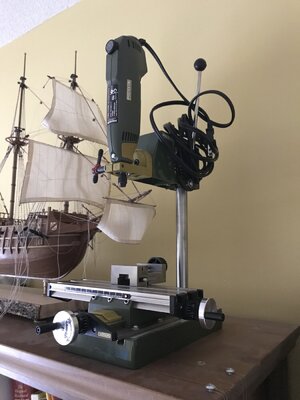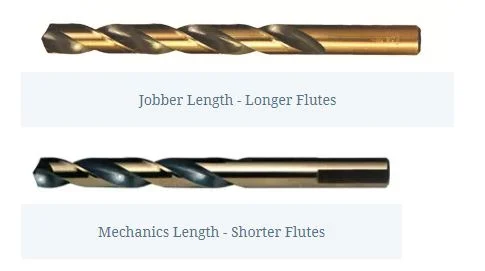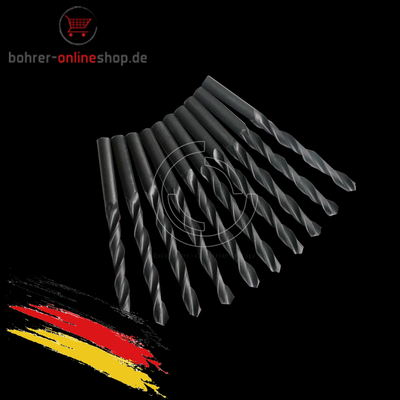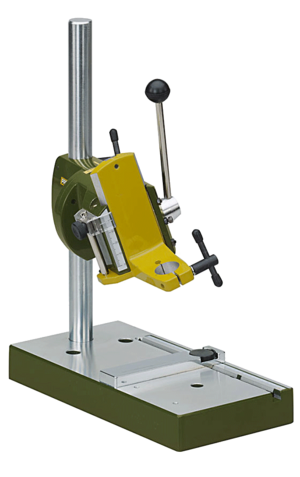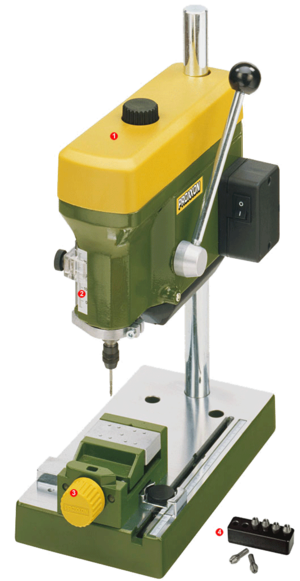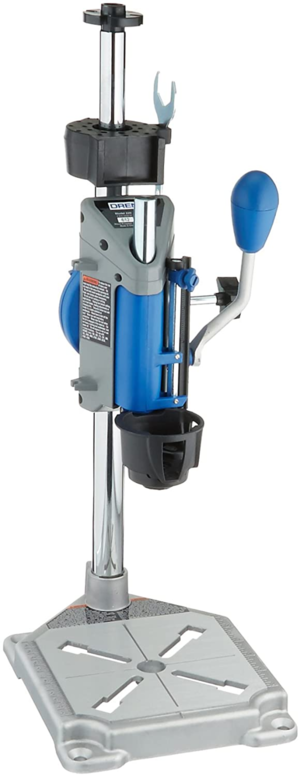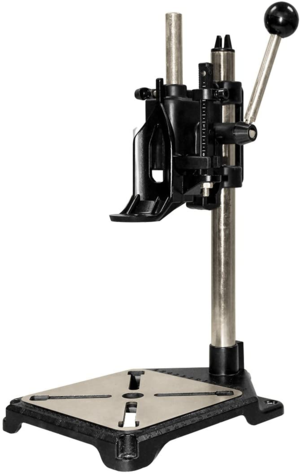- Joined
- Nov 16, 2018
- Messages
- 145
- Points
- 88

I have a problem that is most likely something I am doing wrong rather than the quality of my tools. I own a set of 10 tungsten carbide high speed PCB drill bits ranging in size from 0.3mm to 1.2mm, and are advertised that they will drill through metal. I am attempting to drill through 0.3mm thick brass, and so far I have broken 4 drill bits. What am I doing wrong? I tried it at high speed, low speed, and medium speed. The moment the hole is made, the drill bit breaks. I've decided that I won't drill the holes, but that's not really the problem/answer. I want to make the model correctly, including the holes--how can I drill these holes without breaking my bits? Thank you so much, Andy



